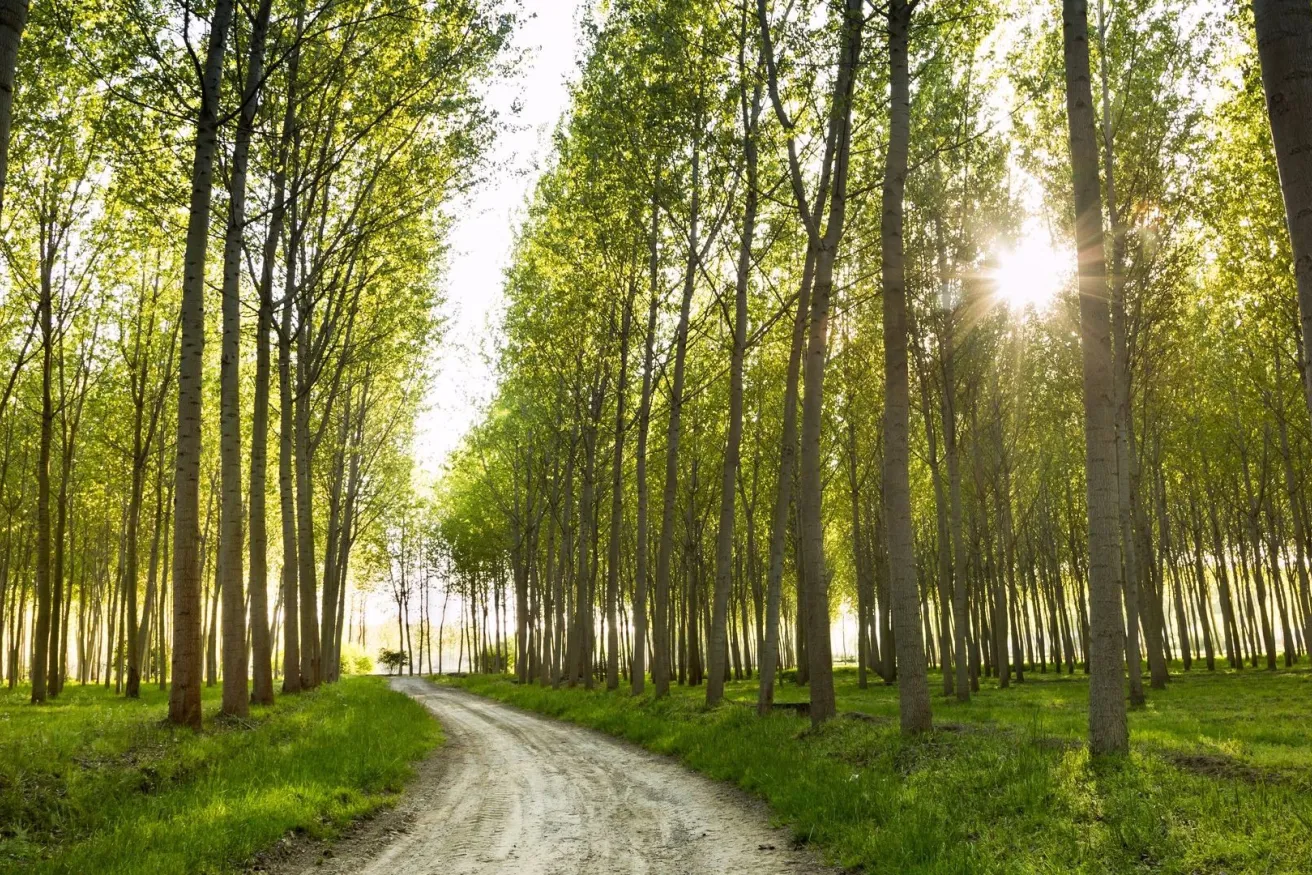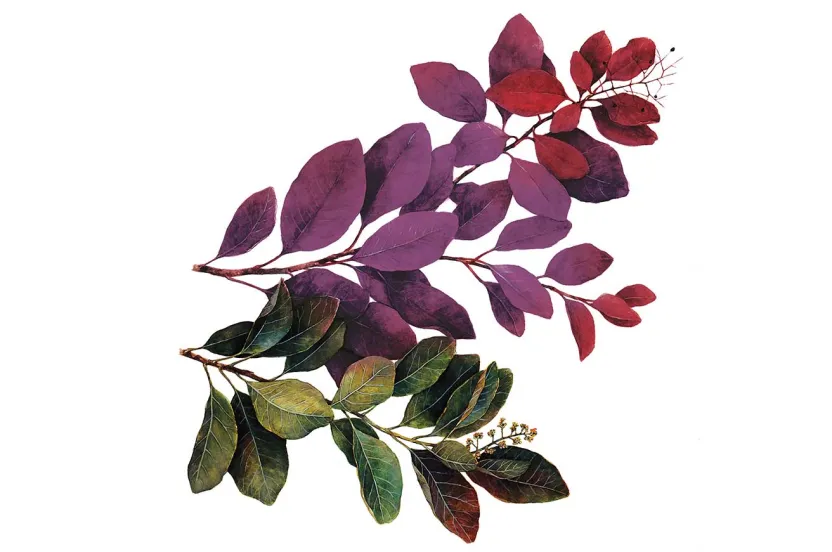Now live: The 2025 Canopy Report. Learn how Americans see trees. GET THE REPORT
Populus deltoides x Populus nigra
There are many crosses that go by the name Hybrid Poplar, but this one between Eastern Cottonwood from the United States and Black Poplar from Europe and North Africa has been a favorite for a very long time. Botanists and Hobbyists in colonial times are said to have exchanged the parent trees across the ocean, with both natural and artificial hybrids soon resulting. The oldest account of the tree was given by a scientist in 1785.
The poplar genus includes species like eastern cottonwood, with a natural range that takes in virtually every state east of the Rocky Mountains. Its cousin, Fremont cottonwood, is found along streams and watercourses in the arid regions of the western United States, and black cottonwood is a common sight in the coastal regions from Alaska to Mexico. The genus also includes trees of the Mediterranean region that have been revered since the days of the Roman Empire.
In addition to their enormous geographic reach, poplars are among the world’s fastest growing trees. They can easily achieve a height of 20 feet or more in less than five years, with five to nine linear feet per year not uncommon in young trees. Wide distribution and fast growth contribute to a third distinguishing characteristic — wide genetic variation. This has made the genus Populum the ‘guinea pig of forest breeding.’ The results have been hybrids that can thrive under a wide range of soil and climatic conditions, resist insects and diseases, and provide an ever-growing number of useful products and services. Hybrid poplars are fast becoming some of America’s most important trees. They are surely the workhorses of the tree world and low-tech solutions to many high-tech problems.
For example, hybrid poplars are often planted at sites that face challenges such as polluted soil, chemical runoff, or open spaces in need of a windbreak. A single poplar tree can treat at least 25 gallons of polluted soil water each day during the growing season. They can also serve as a windbreak while slower-growing species such as spruces and pines are maturing. Additionally, poplars can be grown like farm crops to provide a continuous supply of chips that serve as an alternative energy source.
Name is a Mystery
No one knows for sure where the genus Populus — or poplar, in English —got its name from. According to Donald Dickmann and Katherine Stuart in their landmark book, The Culture of Poplars in Eastern North America, one meaning is from the Roman expression arbor populi, ‘the people’s tree,” because it was so widely planted. An equally likely version traces the word to the Greek verb papaillo, meaning “to shake or tremble.” This, of course, is in reference to the leaves that tend to flutter in even the slightest breeze. A Gaelic name, crann critheach, also refers to “shaking,” and the Welsh folk name, coed tafod merched, refers irreverently to “tree of the woman’s tongue.”




